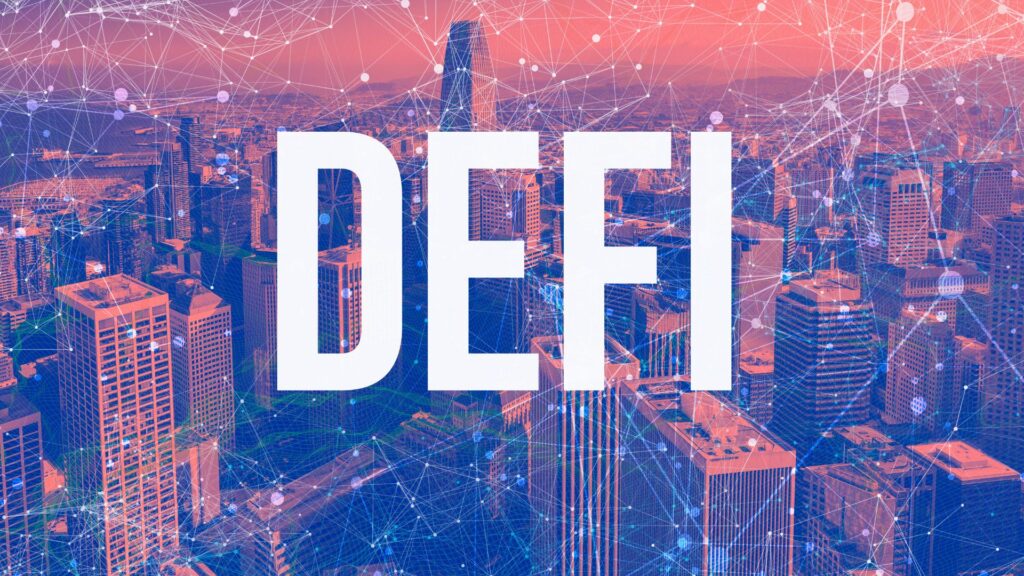Introduction
The NFT craze was a phenomenon that captivated the world, turning digital art, virtual sneakers, and virtual land in the metaverse into hot commodities. Tech enthusiasts, investors, and celebrities alike flocked to this new market, with headline-grabbing sales such as Beeple’s “Everyday: The First 5000 Days,” which sold for $69 million. However, by mid-2022, the NFT market collapsed. What caused this dramatic downturn, and what does it mean for the future of digital assets?
The Rise of NFTs
At its peak, the NFT market was buzzing with excitement. The allure of owning unique digital assets led to a buying frenzy. NFTs went beyond digital art, extending into virtual real estate, in-game items, and more. High-profile sales and the belief in the limitless potential of NFTs fueled this boom. Investors, driven by a fear of missing out (FOMO), jumped in, causing prices to skyrocket.

The NFT Market Collapse
However, the hype couldn’t sustain itself. The market correction revealed that many NFTs were overvalued. This sudden realization led to a sharp decline in sales and prices.
Overvaluation and Speculation
The speculative nature of the NFT market contributed to its overvaluation. When the market was at its peak, many investors were driven by the potential for quick profits without considering the intrinsic value of the assets they were buying.
External Economic Factors
The macroeconomic environment also contributed to the NFT market’s decline. Rising inflation, increasing interest rates, and global economic uncertainties reduced disposable income, curbing speculative investments. As the economic outlook darkened, many investors liquidated their digital assets, further accelerating the downturn.
This decline in speculative investment reflected broader global economic trends. Many who had rushed into the NFT space during its peak realized that their digital assets lacked intrinsic value, especially when faced with tighter financial circumstances. The shift away from NFTs was driven not only by internal market issues but also by external economic pressures.
Technological Challenges
The underlying technology of NFTs, while innovative, faced significant challenges. Ethereum, the primary blockchain for NFTs, struggled with scalability issues, resulting in high transaction fees that deterred many potential buyers. These “gas fees” often made small transactions prohibitively expensive, stifling the market’s growth.

Environmental Concerns
The environmental impact of NFTs became a growing concern. The energy-intensive nature of proof-of-work blockchains, used to mint most NFTs, drew criticism for their substantial carbon footprint. This environmental cost became a sticking point, leading some artists and platforms to distance themselves from NFTs. While the shift from proof-of-work to proof-of-stake promised to reduce energy consumption dramatically, the damage to the market’s reputation had already been done.
Fraud and Scams
Fraud was another major issue that contributed to the NFT market’s downfall. Scams, like the “Evolved Apes” rug-pull scam, where developers disappeared with over $2.7 million, left many investors with worthless assets. Counterfeit NFTs also flooded the market, with platforms like OpenSea revealing that over 80% of NFTs minted using their tools were fake or plagiarized. This rampant fraud undermined trust and scared away potential investors as they realized that the NFT space lacked the necessary security to protect their assets.
Lessons Learned and the Future
Despite the collapse, the NFT market’s turbulent journey offers valuable lessons. The need for transparency, security, and governance has never been clearer. Here are some key takeaways and potential paths forward:
Building Trust
A major challenge in the NFT market was the lack of reliable background information regarding ownership and authenticity. Investors often lacked crucial details about the creator, the asset’s history, and its true value, making the market susceptible to fraud and manipulation. Whether it’s art, virtual real estate, or in-game items, the issue isn’t about the niche but about the missing information on ownership and the asset itself. For the market to regain trust, systems that provide comprehensive and accessible data about each asset and its owner are essential. Improving transparency and ensuring authenticity will be vital in preventing fraud and rebuilding investor confidence.

Practical Applications and Sustainable Growth
The future of NFTs lies in moving away from mere speculation towards practical applications. Digital identities, decentralized finance (DeFi), and other uses that offer tangible benefits could lead to a more sustainable market.

Innovations in Governance
The rise of decentralized autonomous organizations (DAOs) presents an opportunity for a more transparent and democratic marketplace. DAOs allow for collective decision-making, potentially reducing the risks associated with centralized control and market manipulation.
Conclusion
The meteoric rise and fall of the NFT market underscore the volatility of emerging digital assets. However, this collapse has highlighted the need for better transparency, security, and governance. By addressing these challenges through technological innovation and implementing more reliable verification systems, the NFT market can recover and thrive.
The road ahead involves shifting away from speculation and building a foundation of trust and transparency. With the right systems in place, NFTs have the potential to offer value in a wide range of applications, from digital art to virtual real estate and beyond.

Aikaterini Papoulia is the PR Manager at ACYC, with expertise in Journalism & Mass Communications. She has worked as an Online Media Journalist and an On- and Off-page SEO specialist. In her free time, she enjoys exploring nature with her dog, reading both fiction and nonfiction, and practicing the art of knitting.










